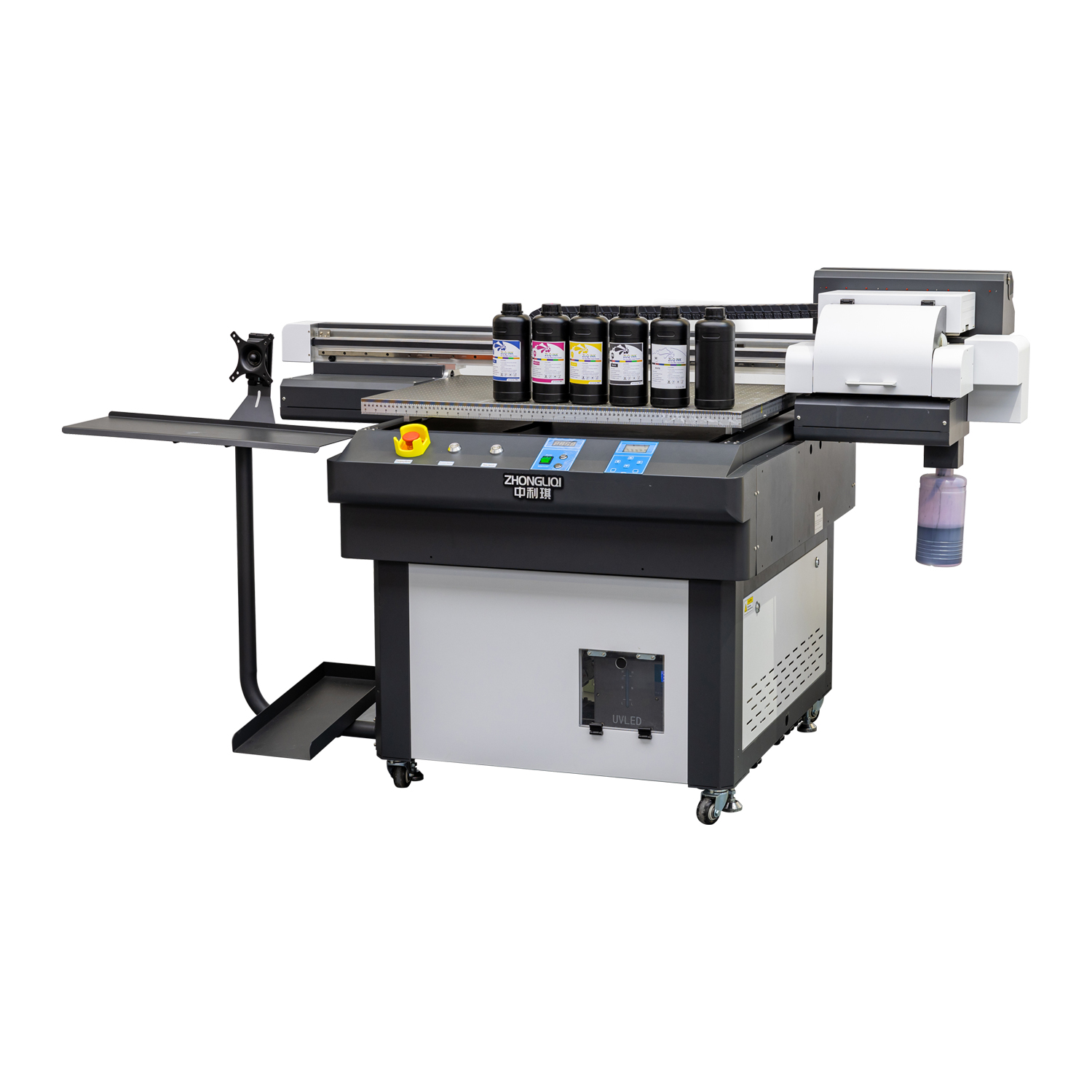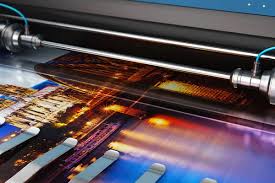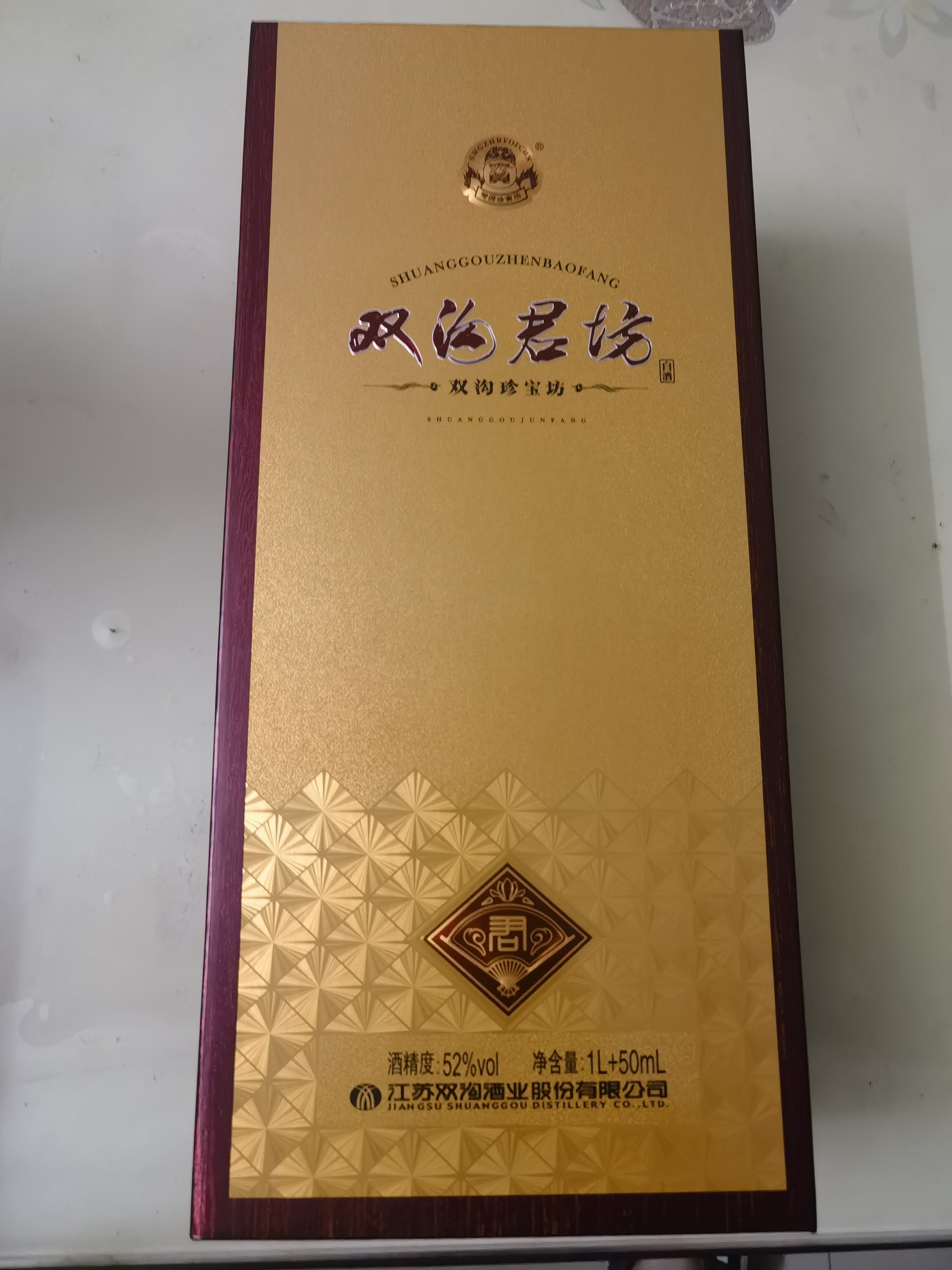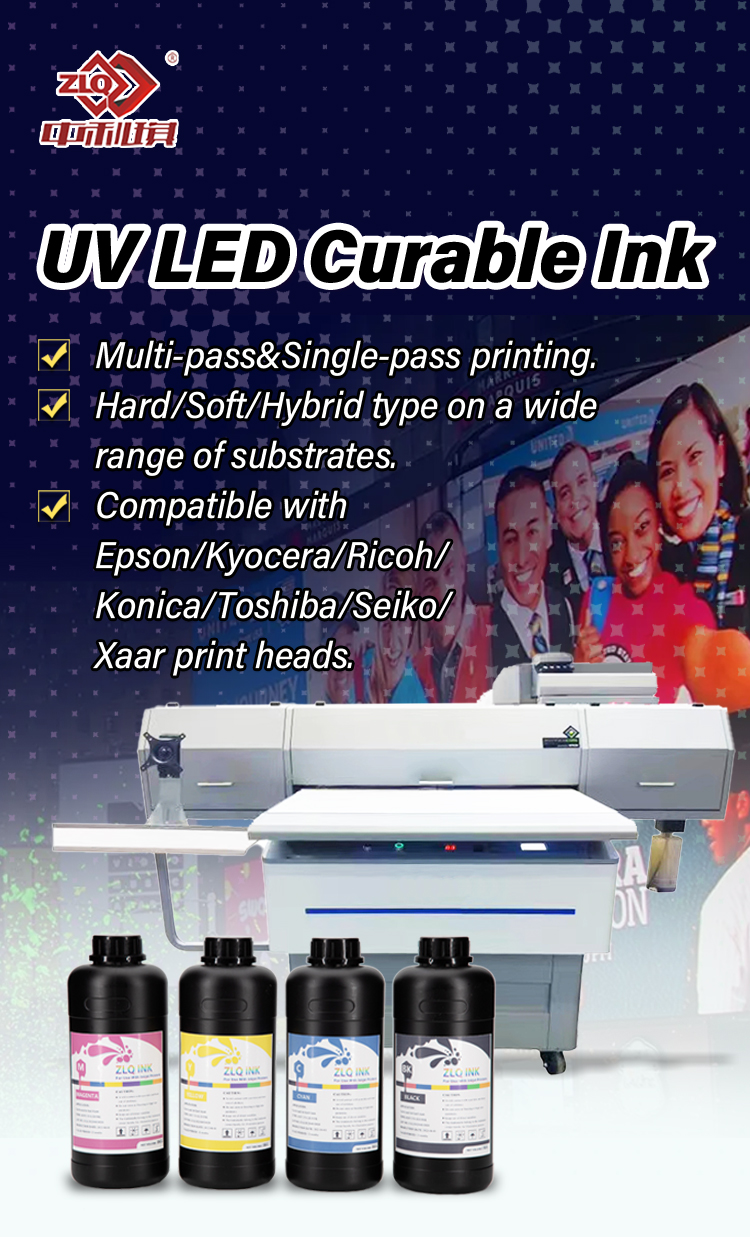
Compared with mercury lamps, LED lamps have the following advantages:UV PRINTER ,UV-DTF PRINTER**I. In terms of curing speed** 1. Fast start - up speed - LED lamps can almost reach the working power instantly without warm - up time. In some small - batch and multi - batch fast - printing tasks, they can be turned on and off quickly, saving the time for waiting for mercury lamps to warm up and cool down, and effectively improving the overall production efficiency. In contrast, mercury lamps need several minutes of warm - up time to reach the optimal working state and are less efficient in scenarios with frequent start - stop operations. 2. Stable curing efficiency - The curing efficiency of LED lamps is relatively stable throughout their service life. As the usage time increases, the light intensity attenuation rate of LED lamps is much slower than that of mercury lamps. After being used for a period of time, the curing efficiency of mercury lamps will decrease significantly due to factors such as lamp aging, and the lamp tubes need to be replaced in a timely manner to ensure the curing effect. **II. In terms of curing quality**



1. Precise wavelength
- LED lamps can achieve ultraviolet output of specific wavelengths through chip design. This enables them to precisely match the optimal curing wavelength of the ink, thereby achieving more precise curing. For example, for some UV inks that are sensitive to specific wavelengths, LED lamps can provide the most suitable curing wavelength, improving quality indicators such as ink adhesion and hardness after curing. Mercury lamps emit a relatively wide range of ultraviolet spectra, and some wavelength components unnecessary for ink curing may cause excessive heat during the ink - curing process, affecting the printing quality, such as deforming the printing material or causing fine cracks on the ink surface.
2. Little thermal influence
- LED lamps generate relatively less heat during the curing process, having less thermal influence on the printing material, which helps to maintain the dimensional stability and surface quality of the printing material. Mercury lamps produce more heat during operation, which may have adverse effects on the printing material.
**III. In terms of energy consumption and lifespan**
1. Low energy consumption
- LED lamps have a relatively high efficiency of converting electrical energy into ultraviolet rays and low energy consumption, which can save energy costs. Mercury lamps need a large amount of power to maintain ultraviolet emission during the working process, and part of the electrical energy is wasted as heat, resulting in high energy consumption.
2. Long lifespan
- The lifespan of LED lamps can usually reach 10,000 - 30,000 hours or even longer. During long - term use, there is no need to frequently replace the light source, reducing equipment downtime and maintenance costs. The lifespan of mercury lamps is relatively short, generally about 1,000 - 3,000 hours, and the light intensity attenuation is obvious at the end of their service life. **IV. In terms of environmental protection and cost**
1. Environmentally friendly
- LED lamps are an environmentally - friendly light source without containing harmful substances such as mercury. Mercury lamps contain toxic and harmful substances like mercury, and special environmental protection measures are required for disposal at the end of their lives, increasing the use cost and environmental risk.
2. Low comprehensive cost
- Although the initial purchase price of LED lamps is relatively high, due to their characteristics of low energy consumption, long lifespan, and environmental protection, the comprehensive cost will gradually decrease during long - term use. Although mercury lamps have a lower price themselves, considering their short lifespan, high energy consumption, and subsequent environmental protection treatment costs, the long - term comprehensive cost is higher.
**IV. In terms of environmental protection and cost**
1. Environmentally friendly
- LED lamps are an environmentally - friendly light source without containing harmful substances such as mercury. Mercury lamps contain toxic and harmful substances like mercury, and special environmental protection measures are required for disposal at the end of their lives, increasing the use cost and environmental risk.
2. Low comprehensive cost
- Although the initial purchase price of LED lamps is relatively high, due to their characteristics of low energy consumption, long lifespan, and environmental protection, the comprehensive cost will gradually decrease during long - term use. Although mercury lamps have a lower price themselves, considering their short lifespan, high energy consumption, and subsequent environmental protection treatment costs, the long - term comprehensive cost is higher.